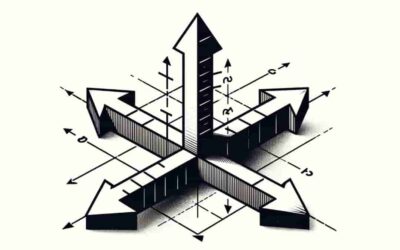The position of elements in a set does not change the value or the meaning of the set.
The above statement signifies that { 1, 2, 3 } and { 1, 3, 2 } and { 2, 3, 1 } are all the same set.
A set is primarily a collection and not a sequential representation of elements. It represents a group as a whole. The {} representation just shows the group in an expanded form.
By re-arranging the members of a set, you do not change the group. Just like rearranging the seating position of students makes no changes to the class as a whole (it still contains the same students) or transferring books from one shelf to another shelf in a library does not alter its collection of books or inter-changing the portfolio of elected members to a house by the president does not changes the government as such.




0 Comments